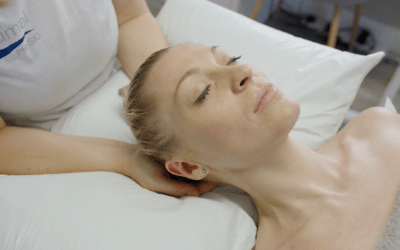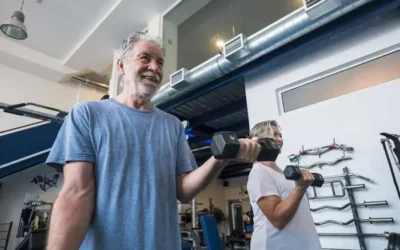Sports Massage is used the world over but athletes and exercise enthusiasts but why? Do you want to supplement your training?, boost your recovery? and minimise your chances of injury while enhancing your performance? Sports massage fans make many of these claims but does it actually help? Elite athletes always mention the benefits of a sports massage, but does this same benefit apply to others? if so how does it work?
Sports massage has physical, physiological and psychological benefits to enhance your performance, improve your recovery and elongate your career as an athlete. Or does it?
Many of the research articles that make these claims have design flaws, and a review by Brumitt (2008) highlighted that the research evidence is weak and that additional studies were required to prove the benefits. But what are the benefits and why does the research have such difficulty proving them?
The wide ranging benefits are explained below:-
Physical effects of massage
Improved speed of recovery – The movements in massage increase the pressure in front of the stroke, this creates a vacuum behind the massage stroke. This is especially important in tight or damaged muscle tissue as a tight muscle will squeeze blood out like a sponge, depriving the tissues of vital nutrients and energy to repair.
Increased tissue permeability – Deep massage causes the pores in tissue membranes to open, enabling fluids and nutrients to pass through. This helps remove waste products such as lactic acid and encourage the muscles to take up oxygen and nutrients which help them recover quicker.
Stretching – Massage can stretch tissues that could not be stretched in the usual methods. Bundles of muscle fibres are stretched lengthwise as well as sideways. Massage can also stretch the sheath or fascia that surrounds the muscle, so releasing any tension or pressure build up.
Break down scar tissue – Scar tissue is the result of previous injuries or trauma and can effect muscle, tendons and ligaments. This can lead to inflexible tissues that are prone to injury and pain.
Improve tissue elasticity – Hard training can make tissues hard and inelastic. This is one reason why hard training may not result in improvements. Massage helps reverse this by stretching the tissues.
Opens micro-circulation – Massage does increase blood flow to tissues, but so does exercise. What massage also does is open or dilate the blood vessels and by stretching them this enables nutrients to pass through more easily.
Physiological effects of sports massage
Pain reduction – Tension and waste products in muscles can often cause pain. Massage helps reduce this in many ways including releasing the bodies endorphins.
Relaxation – Muscles relax through heat generated, circulation and stretching. Mechanoreceptors which sense touch, pressure, tissue length and warmth are stimulated causing a reflex relaxation.
Psychological effects of massage
Anxiety reduction – through the effects mentioned above relaxation is induced and so reduces anxiety levels.
Invigorating – if massage is done with brisk movements such as what would be done before an event then this can produces an invigorating feeling.
With so many variables and mechanisms taking place it is very challenging to place high quality controls on an experiment to successful prove or disprove the benefits of massage. The anecdotal evidence however is enormous and given that this practice has been in place for so many years and continues to be used at the very top level highlights just how beneficial sports massage can be to the individual. So whats the answer?
The answer is to try it for yourself and see how much better it can make you feel as you recover from exercise or prepare for a performance, sports massage can also play a role in injury prevention. The experienced clinician can identify issues through their palpation and assessment skills and provide pre-habilitation exercises before you develop anything more significant.
A lot of individuals are apprehensive regarding the potential for sports massage to be painful, but is it? Well the simple answer is, it can be. However it should really be only uncomfortable in some areas and the clinician should adapt to your tolerance level to ensure you get the most amount of benefit from your session.
The next question is, if it benefits me how frequently should I get one? Well, again this depends on your starting point and your aims. If your training intensity is high I would suggest at least 1 per 7-14 days, if your moderate intensity or accustomed to your level of training a sports massage every 3-4 weeks should be sufficient from a maintenance perspective. However this should be complemented with a flexibility programme, recovery sessions, good hydration and sleep patterns. It is also encouraged that athletes use a foam roller regularly to maintain the benefits. Hydration and stretching immediately post massage can also assist the client in maximising the benefits received form the sports massage.
So in conclusion sports massage is effective and can help via a variety of different mechanisms, but it is related to the skills of the therapist and the individual preferences of the client.
We want to know of your experiences though, do you benefit from a regular sports massage? if so how frequently do you go? how does it make you feel? and would you encourage others to do the same?
Prices
60 minute massage £40
30 minute massage £30
We also offer a 6 for the price of 5, so save money and block book. No expiry date applies.
Sports massage for gastrocnemius, soleus and achilles.
Book an appointment online now!



0 Comments